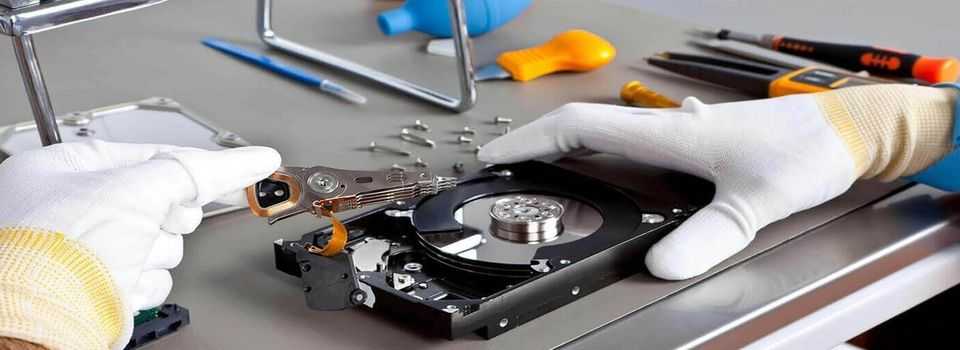In today’s digital age, data is the lifeblood of both businesses and individuals. We rely on Network Attached Storage (NAS) devices to store and safeguard our valuable data. However, data loss can happen to the best of us, and that’s where NAS data recovery comes into play. In this comprehensive guide, we’ll explore the intricacies of NAS data recovery, shedding light on the process, best practices, and expert tips.
Understanding NAS Data Recovery
What is NAS Data Recovery?
Before delving into the world of NAS data recovery, let’s establish a fundamental understanding of what it entails. NAS data recovery is the process of retrieving lost or inaccessible data from Network Attached Storage devices. These devices are designed to store and manage data efficiently, making them indispensable in both personal and professional settings.
Common Causes of Data Loss
Data loss can occur due to various reasons, and it’s essential to identify the root causes. Some of the most common culprits include:
- Hardware Failures: When the NAS hardware malfunctions, it can result in data loss.
- Accidental Deletion: Human error often leads to accidental deletion of critical data.
- File System Corruption: Corruption of the file system can render data inaccessible.
- Virus or Malware Attacks: Malicious software can compromise data integrity.
- Power Surges: Sudden power surges can damage NAS devices and lead to data loss.
The NAS Data Recovery Process
Step 1: Assessment
The first step in NAS data recovery is to assess the extent of data loss. This involves identifying the type of data that needs to be recovered and the cause of the problem.
Step 2: Device Evaluation
Next, the NAS device is thoroughly examined to determine if any physical issues are contributing to the data loss. This evaluation is crucial in understanding the scope of the recovery process.
Step 3: Data Extraction
Once the assessment and evaluation are complete, the actual data extraction process begins. Expert technicians use specialized tools to recover data from the NAS device, taking care to ensure data integrity.
Step 4: Data Restoration
After successful data extraction, the recovered data is restored to a safe location, ensuring that it remains intact and accessible.
Step 5: Verification
Finally, the recovered data is verified for accuracy and completeness, ensuring that all essential files and information are intact.
Best Practices for NAS Data Recovery
Recovering data from a NAS device can be a complex and delicate process. To ensure the best possible outcome, here are some best practices to consider:
- Seek Professional Help: NAS data recovery is a specialized field, and it’s best left to professionals who have the expertise and tools required.
- Backup Regularly: Implement a robust backup strategy to prevent data loss in the first place.
- Avoid DIY Solutions: Attempting DIY data recovery can worsen the situation; professional assistance is highly recommended.
- Protect Against Power Surges: Use surge protectors and uninterruptible power supplies (UPS) to safeguard your NAS device.
- Keep Software Updated: Regularly update your NAS device’s firmware and software to prevent vulnerabilities.
In Conclusion
In a world where data is invaluable, NAS data recovery plays a critical role in ensuring that our data remains safe and accessible. Understanding the causes of data loss, the recovery process, and best practices is essential for anyone who relies on NAS devices to store their data. Remember, prevention is always better than cure, so make sure to back up your data regularly and protect your NAS device from potential threats.
In case you find yourself in a data loss predicament, don’t hesitate to reach out to professional data recovery experts who can help you retrieve your precious information. Your data is worth the effort, and with the right approach, it can be recovered successfully.



